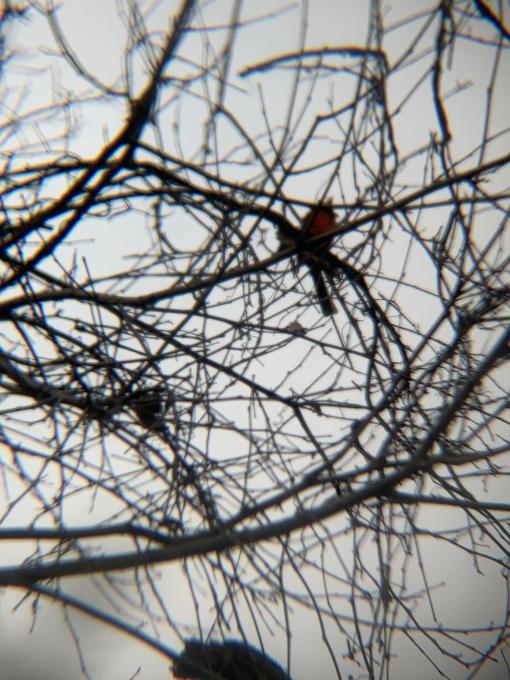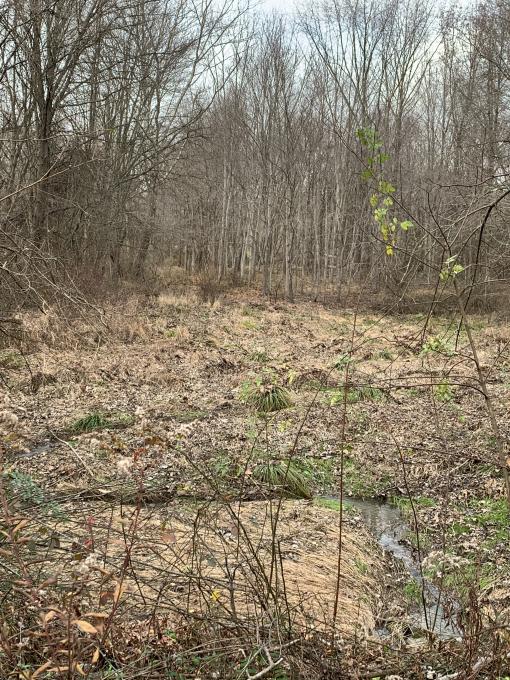Frankie
Forum Replies Created
-
FrankieParticipantIt might be a rose breasted grosbeak if you live in the east. However, if you live out west, you might want to consider the option that it is a black-headed grosbeakin reply to: Rose-breasted Grosbeak #815390
-
FrankieParticipantGreat picture that captures a lot of bird life! I believe your bird is either a northern pintail (most likely) or a green winged teal. Note the lighter front and white patch on the back side.in reply to: Waterbird ID in WA #801830
-
FrankieParticipantYes. Often, cardinals won’t have their crowns raised and have them flat. It is still present, just not as obvious. This is why I don’t often ID birds by a crest because the clearness of the crest can vary.in reply to: What red bird is this? #801015
-
FrankieParticipantSure looks like it. Top result on Merlin Photo ID, really the only completely red bird in Pismo Beach, and beak shape is right.in reply to: Is this a Summer Tanager? Pismo Beach California? #770934
-
FrankieParticipantI have found a lot of birding spots in My neighborhood. There is a large forest that has trails through it that goes near a river and marsh, and an excellent field with a small creek running through it where I have seen sparrows, hawks, chickadees, warblers, and multiple owls.

 in reply to: Activities: Exploring Bird Habitats #755882
in reply to: Activities: Exploring Bird Habitats #755882 -
FrankieParticipantHello! This is an excellent picture of a Hawk. It is definitely an immature Hawk that is either Coopers or Sharp-Shinned. Would you say it was more the size of a crow, or a blue jay? If it is closer to blue jay size, it is sharp-shinned, and if it is closer to a crow, it is a coopers. It is hard to tell, but Is our say the tail feathers are more rounded and therefore it is likely a coopers. This is more difficult since it is immature. I have had a Cooper’s hawk in my yard for quite awhile now, and I am fairly certain that is your bird. Happy Birding!in reply to: Sharp-Shinned Hawk? #749476
-
FrankieParticipantThis is definitely a lesser scaup. The only other bird it could possibly be is a ring necked duck, but notice the head shape and the absence of a white ring around the bill. Additionally, the white in your picture extends over the top of the Ducks back, whereas the ring necked duck only has white on the sides. This means it is definitely a lesser scaup. Glad I could help! Also, greater scaups are a rarity in Texas at this time.in reply to: Help! What scaup is this? #747460
-
FrankieParticipantBased on my understanding, both male and female pelicans have horns. In Merlin Bird ID, the pictures with pelican horns are labeled as Breeding Adult, which would imply that both have hornsin reply to: American Pelican #746596
-
FrankieParticipantI believe it is a dark-eyed juncoin reply to: Help me ID this small black bird #745500
-
FrankieParticipantGreetings Lee! The top three pictures are definitely green-winged teals, and I am fairly sure the bottom one is a Northern Shoveler. The fourth one I cannot be sure about, but I think they are also Northern Shovelers. I hope this helps! Happy Birding!in reply to: Are these a sub species of Teal #744250
-
FrankieParticipantProbably a female or juvenile European starlingin reply to: Please Identify, Thank You! #734538
-
FrankieParticipantThe most likely are a common yellowthroat (Female) and Nashville Warbler (Female), but a female Kentucky warbler is also an option. My best guess is a Nashville Warbler
-
FrankieParticipant
@Michael The blue pattern is not bold enough to be a mallard
in reply to: Bird Feather Identification #729883 -
FrankieParticipantI would say it is most likely a blue jayin reply to: Bird Feather Identification #729346
-
FrankieParticipantI cannot see the pictures. If you can try to enter them again, I might be able to ID them. If not. I could give you some options if you describe the size/shape, colors and patterns, and general location( I.e Northeast US). I hope I can help!in reply to: Blue like I. Bunting #729059
-
FrankieParticipantOkay. Here’s how it works. Subspecies refer to two or more variations of a species within a certain population. Many times this is a result of a mutation or breeding between two closely related species. Subspecies are confusing because many times the species are similar, and they are constantly changed each year. For example, the two flickers you named were once two separate species, but when DNA testing advanced, they became recognized as subspecies of the northern flicker. To answer your question, no, they do not count as separate species. You can specify which subspecies it is with eBird, but it will not count as another species.in reply to: Subspecies #727767
-
FrankieParticipant
@Nancy Yep! I have seen these all over the country. Y friend saw one by her apartments in the East, and I have seen them out west at a Riparian Reserve in Arizona
-
FrankieParticipantHi Nancy! Your bird is in fact a Muscovy Duck. It is not native to anywhere in the United States, it is found only in South America and Mexico. Though that is its native range, it has been brought to other places in the United States and now has a feral population near ponds and wetlands. If submitting this in an eBird Checklist, you will submit the feral option, which does not count as a separate species as it is non-native.
-
FrankieParticipantThe numbers on binoculars are fairly straightforward. For our sake, we will say the first number is x and the second number is y. X is the magnification, which is how far the binoculars zoom. Y is the objective lens diameter. The higher the diameter, the more light is let in. This results in higher resolution and a brighter image, but it will make the binoculars bulkierin reply to: Best Binoculars #725941
-
FrankieParticipantI think you are probably correct. It is definitely a flycatcher of some sort. Notice that the wings do not have markings of other flycatchers such as the Acadian, and it is brown rather than the olive of others. As you can see, there is a slight crest, which is a characteristic of a great crested. If you can tell me your approximate location and the habitat it was spotted in, I will give you a definite ID.in reply to: What Bird is This? #725501

